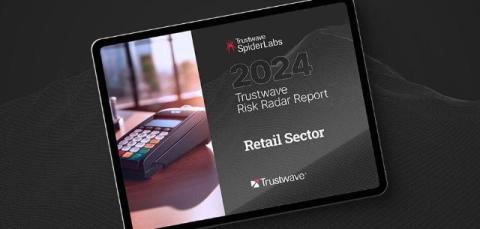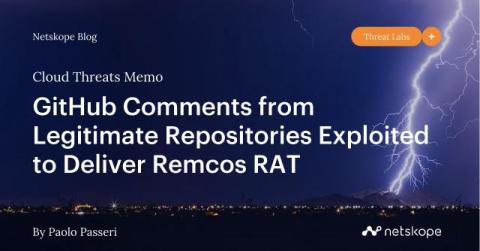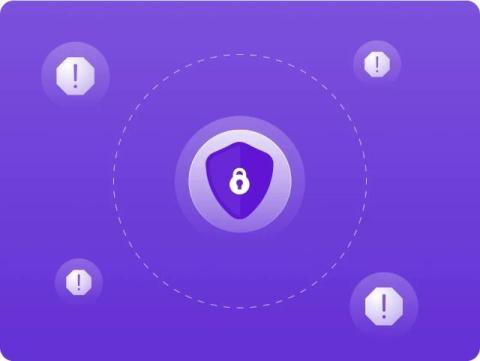Threat Actors Zero in on Retailers as the Holiday Shopping Season Approaches
Trustwave SpiderLabs on October 29 will launch its second deeply researched look into the threats facing the retail sector. The 2024 Trustwave Risk Radar Report: Retail Sector will cover in detail the threats facing the industry, the most prominent adversaries in the field, and the commonly used methods to attack retailers. The main report is supported by two supplementary pieces.











